Education in Finland Study Tour
Early April we welcomed 10 American educators and 1 from Belgium to Tampere Finland. Learning Scoop organized an inclusive Education in Finland Study Tour where participants had the opportunity to become familiar with the Finnish education system at all levels and explore the factors influencing its success from early childhood education to higher education.
On the first day of the study tour we visited Norssi – a comprehensive school for the Tampere University Teacher Training program. They saw a nice sampling of different grade levels as well as a variety of content areas. Many participants admired the independence of students and the relaxed and calm atmosphere in the classrooms and hallways. One high school teacher (without understanding the language) was impressed by the amount of speech produced by the students in a first grade classroom. Several participants who engaged in discussions with the students were impressed by their English abilities. If you are interested in learning how an ordinary day of a primary school teacher looks like, please read more here!
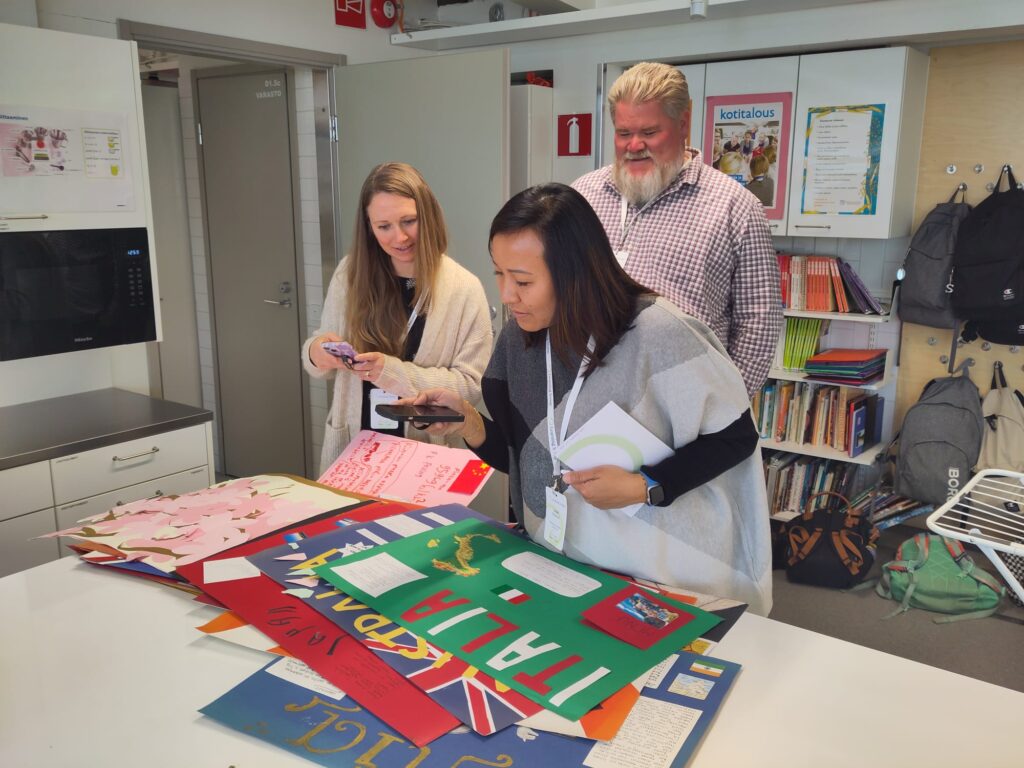
Several participants had some prior knowledge about the Finnish system and two were returning customers. Thank you for your trust once again!
A few topics discussed during the first day:
- student – teacher ratios
- the importance of recess
- individual student’s and teacher’s weekly schedule
- how to entice students into the teaching profession
On the second day we learned about Early Childhood Education and Care in Finland. The group visited Kalkunvuori day care center, pre-primary and grades 1-2, and later on had a lecture about ECEC in Finland. What is Finnish ECEC made of? Educare model, learning through play, joy and participation (including also the right not to participate)! The children in different age groups were found calm, quiet and surprisingly independent. Are you interested? Read more about an ordinary day at a Finnish Daycare Center.
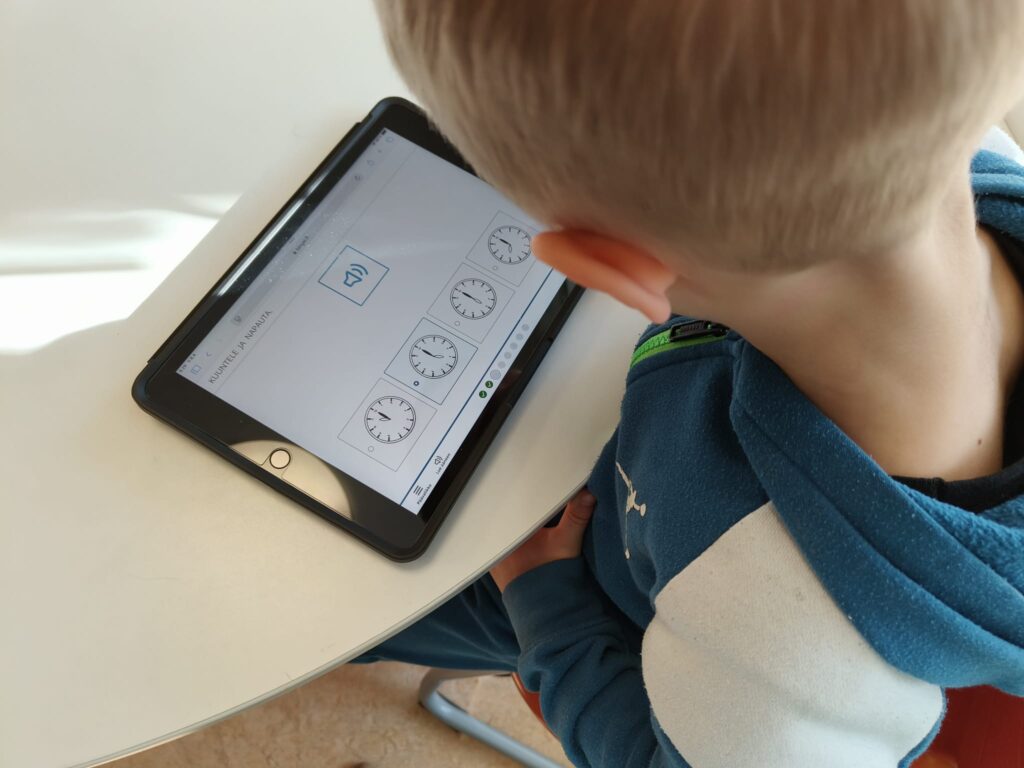
Support, freedom and skills for life
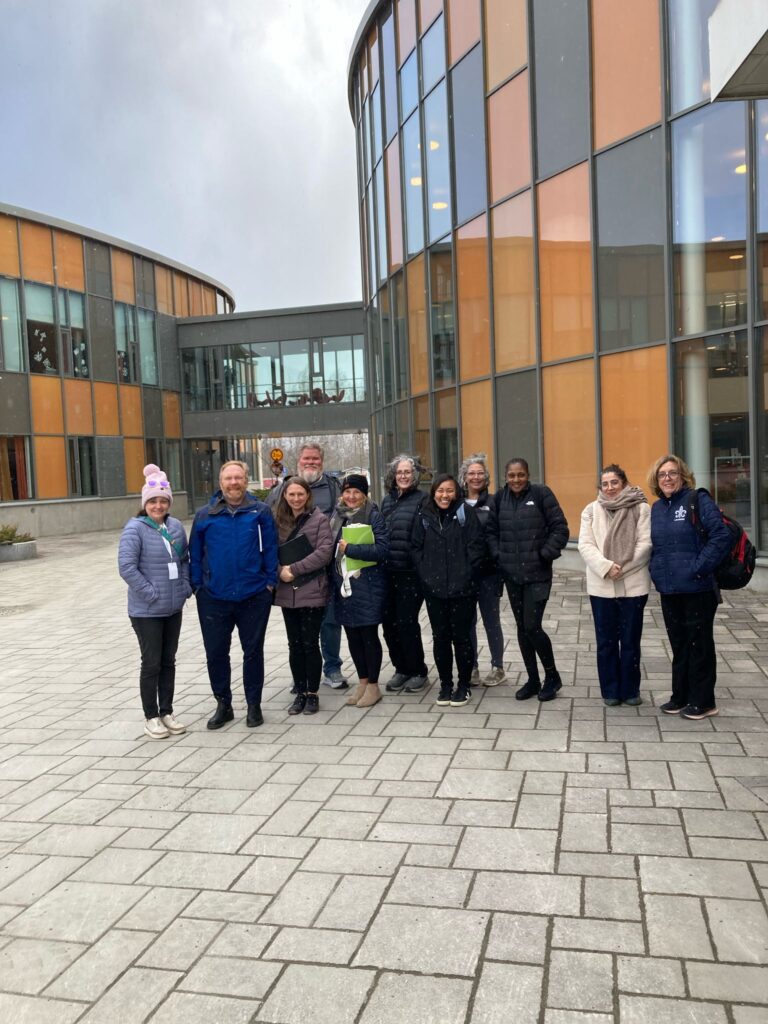
In the middle of the week we visited Ylöjärvi High school with entrepreneurship line. Some of the young entrepreneurs were organizing sports activities for small kids in collaboration with the municipality and other group was making organic candles for sale. Our guests were impressed by the sustainable business ideas of the students and also the amount of student support in the school. We got to meet the assistant principal, school councilor, psychologist, social worker and the school coach who was recruited quite recently to support both students and teachers in everyday life challenges. The students themselves highlighted the freedom to design their schedules and team work as the best things in their school.
On Thursday half of the group visited Lempäälä branch of the Tampere Vocational College. We got to see, among other things, the construction project of the house that is being designed and built by students to the housing fare 2026. Finally, we got to grill marshmallows in the hut used by tourism students. The paths and characteristics of vocational education became clear in the lecture section of the day.
Fact: Most VET graduates who continue to higher education apply to Universities of applied sciences. The proportion of students with a VET background at university is considerably lower, 11 per cent.
The other half of the group visited Pitkäjärvi lower secondary school where they got to know the Finnish principal’s work, crafts, textile work, visual arts, sports and home economics. The guests were amazed by the students’ independence and how the teacher trusted them, even though some of the work was done with sharp tools or dangerous machines. Trust in the abilities of children and young people within society also became an important topic of discussion. A very rewarding day!
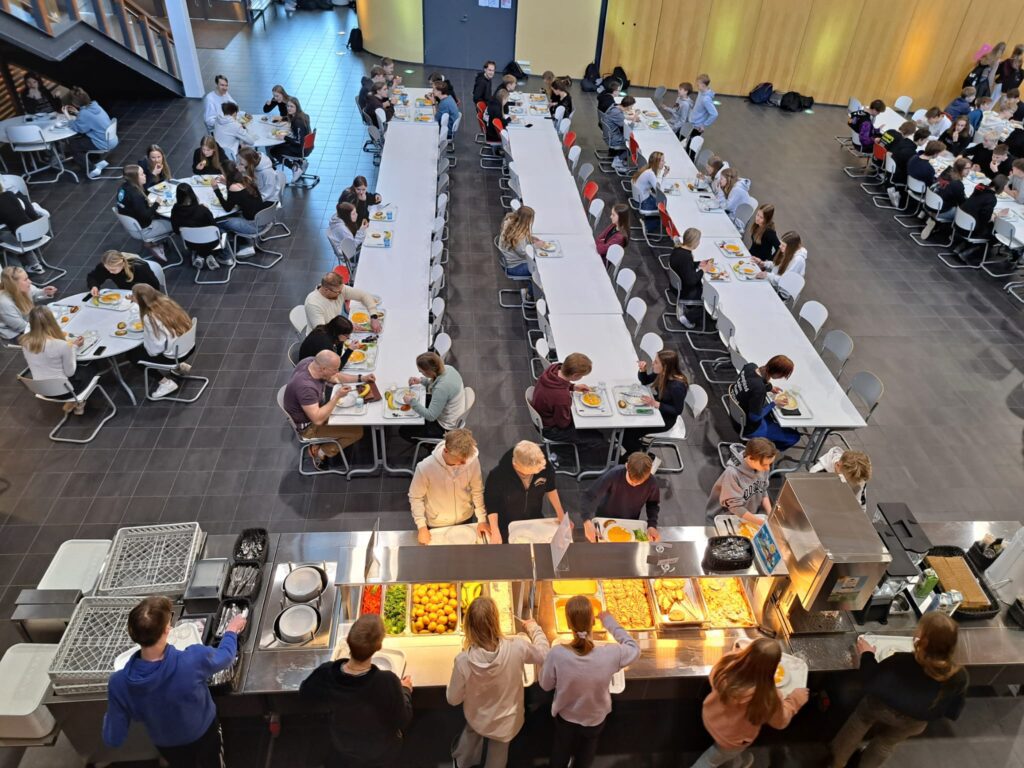

Questions, takeaways and reflection
Our visitors had many excellent questions and we were happy to provide answers to their questions during the week. The questions varied a lot, such as:
- If an immigrant student has already started their learning path in Finnish early childhood education, is it still possible for them to receive so-called home language (mother tongue) instruction in basic education?
- How many high school graduates get straight into teacher training?
- What is the percentage of vocational school graduates continuing their studies in higher education?

On the last day we focused on higher education. After an engaging lecture, the group visited the central campus of Tampere University, specifically the Faculty of Education and Culture. There, our participants had the opportunity to interact with teachers, gaining valuable insights into university-level teaching and learning practices in Finland.
The final lunch and reflection was a nice ending to a busy week. The day concluded with a delightful farewell lunch, where everyone shared their key takeaways from the week. Everyone seemed very pleased with the entire program including the evening excursions (Finnish Nature Experience and some of them tried Finnish Sauna). The week provided a variety of opportunities to learn about & witness different aspects of the education system in Finland. To wrap up the experience, each participant received their certificate of attendance—a fitting end to a rewarding journey.
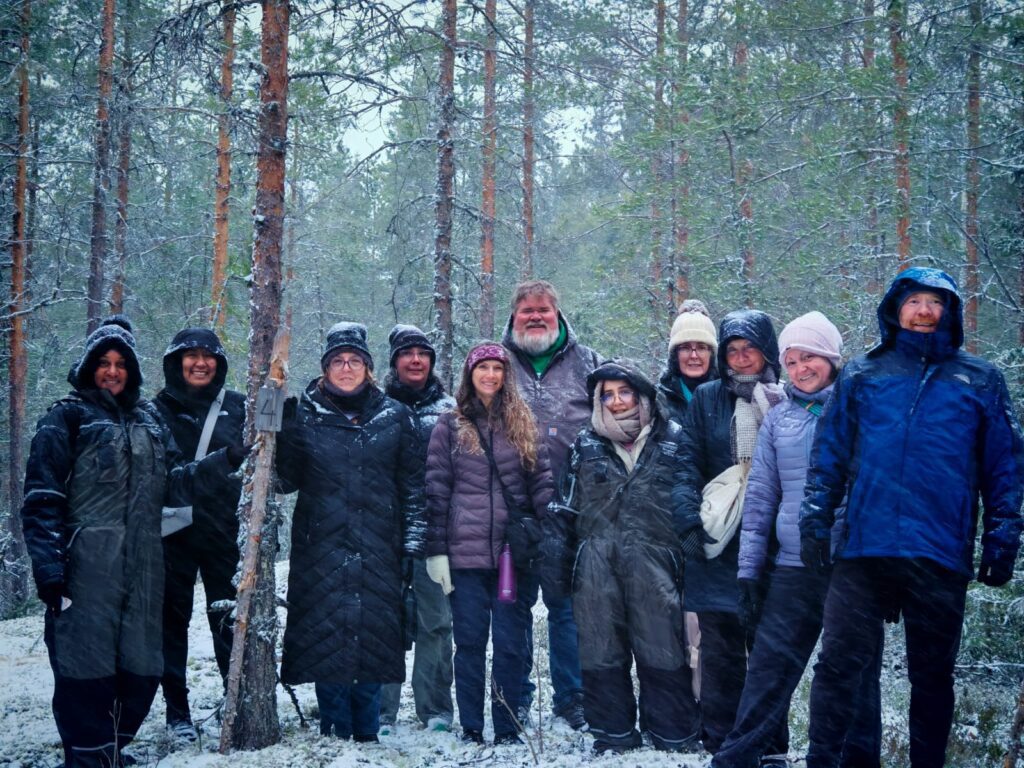

Here are some takeaways discussed at lunch:
- admiration for the independent, self-directed students at all levels. (Discussed how the later start of school in general & cultural norms possibly play a role here)
- noticed the calm and motivated upper secondary atmosphere
- it’s noticeable how teachers are trusted professionals who enjoy what they do and who are not controlled by the curriculum or standards
- learned about the built in flexibility throughout and the “no dead ends” system
- noticed how small children are valued in the society (parental leave, economic support) and in schools but also that they are not under constant supervision rather they have independence but also responsibility for their learning
- made practical observations that will hopefully lead to new practices in ones work: re-think how to run centers with young students so that students can take more ownership of their tasks and learning; the same with homework — assign “homework” that doesn’t require academic assistance from parents (practice tying shoe laces, cleaning up their rooms etc.)
- witnessed inclusion in many schools and classrooms
- enjoyed meeting professionals from other countries and the provided book / research references
“This week provided many reflection opportunities to remind myself why I am passionate about teaching!”
We would like to thank each and everyone for being such an active member, it was our pleasure to have you here. We hope you learned what education in Finland means in practice and what can be applied back home. Thank you for visiting Learning Scoop and Finland – the Happiest Country in The World – Keep up the great work you are doing!
